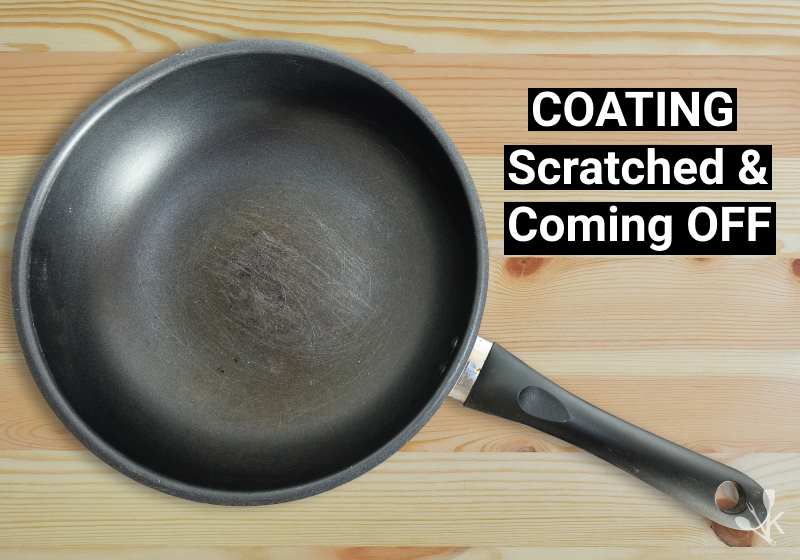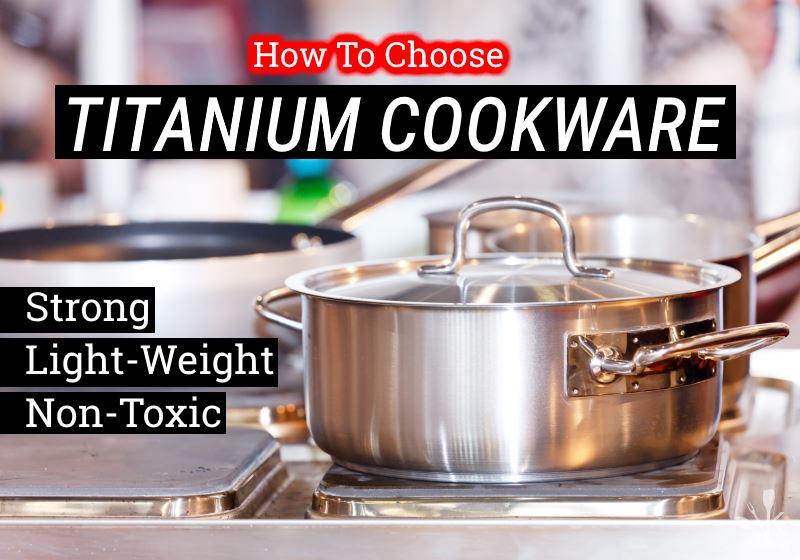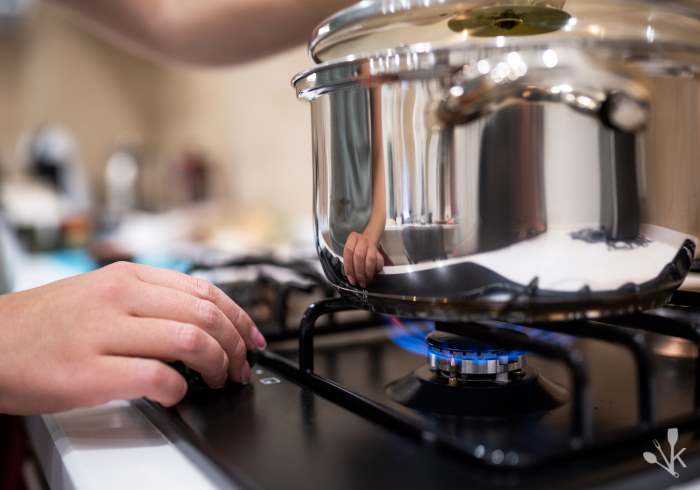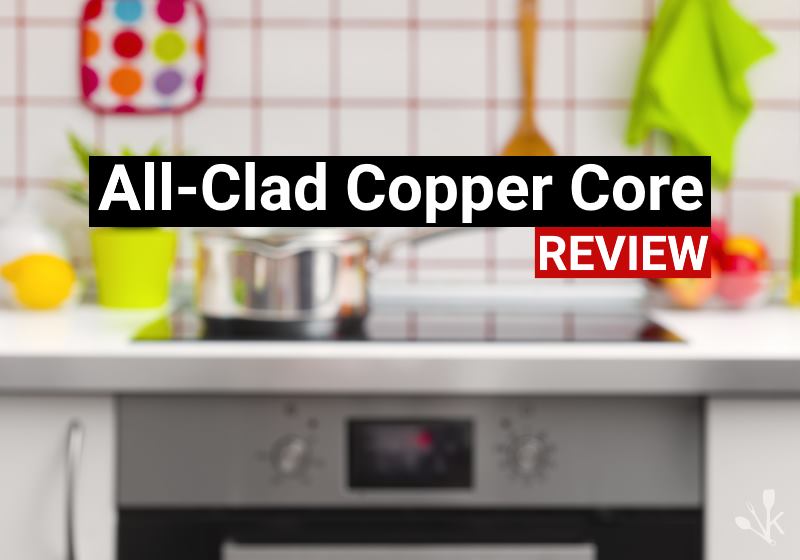Many experts estimate that nonstick cookware accounts for roughly 70% to 90% of all aluminum cookware sold. Teflon is the most popular nonstick coating, and it’s been around for quite some time.
This means that most of us likely have a nonstick pan that we’ve come to know and love. So, what are we to do when the nonstick coating starts to peel, flake, or come off? Can the damaged coating pose a health risk? Can it be repaired? Let’s take a look.

Nonstick Pan Coating Coming Off
When your pans begin to shed their nonstick coating, two problems arise.
Firstly, there is the inconvenience of your food beginning to stick. Nonstick cookware coating begins to breakdown and works poorly after a few years.
That’s because the chemical bonds that prevent your food from sticking to the pan have started to break down and disintegrate, leaving you with a pan that requires more butter or oil to create the perfect dish.
Secondly, there are health concerns. Companies use PFOAs and PTFEs in their nonstick coatings, like Teflon. While totally harmless when used correctly, these compounds can create problems when damaged.
Heating the pan too high or scratching it can accelerate chemical degradation and may release toxic carcinogens into the air and into your food.
Toxic fumes from nonstick cookware have the potential to hurt or kill pet birds with their delicate respiratory systems.
While flakes of nonstick coating don’t contain enough chemicals to cause harm to humans and will likely pass through the body without causing trouble, it’s still better to be on the safe side.
Can You Fix Scratched Teflon Pans?
Technically speaking, you can fix a scratched Teflon or nonstick pan. You can do this in one of two ways:
- Buy a nonstick cookware surface repair spray.
- Send it to the pan’s manufacturer and have them recoat the pan.
The surface spray works pretty well and is cheap and easy to use. All you have to do is spray it on a clean pan in a well-ventilated area. Allow it to dry and bake it on if the spray requires. Your pan should have food slipping around much better after the surface is renewed.
The bad news is this fix doesn’t last long. It’s like putting a band-aid on a larger wound – it’ll only work for a while.
Many nonstick producers have at least a one year warranty on their pans; as long as you’ve used them correctly (e.g., haven’t scratched them with metal utensils), they should honor the warranty. Sending the pan to the manufacturer is the better option, but it will cost you.
Most manufacturers want you to cover shipping and may even charge you for the recoating. Speaking from experience, shipping a large and heavy nonstick pan is not cheap. Many cooks would rather invest that money into new cookware, nonstick or otherwise.
When to Throw Away Nonstick Pans
It can be difficult to decide to throw away a trusted cooking pan. Even if the surface is damaged and not working well, many home chefs will struggle with letting go. But the experts all clearly agree on this point: if a nonstick pan has become deeply scratched or is flaking, throw it out.
Scratching is the biggest sign that a nonstick pan is ready to go in the trash. Flaking is another concern, if for no other reason than it can alter the flavor and look of foods.
If the pan’s surface is intact, but food seems to be sticking, you may want to try a repair option, like the resurfacing spray. But be aware that nonstick cookware has a lifespan of about 2 to 4 years, depending on the quality of the pan.
It’s generally considered a good idea to update your nonstick cookware every few years to get newer, better, and safer nonstick coatings that actually work. In the meantime, here are five things that will help your nonstick pans last longer.
- Don’t overheat your pans. Temperatures over 500 degrees can cause a molecular breakdown, so don’t cook foods that require prolonged high heat in your nonstick pans.
- Buy thicker and heavier pans. They won’t overheat as quickly and will last longer.
- Ventilate your cooking area. Since the fumes can result in flu-like symptoms in humans, keep the fresh air flowing when you cook with nonstick.
- Don’t use metal utensils. These can void warranties and quickly scratch and breakdown the nonstick coating. Opt for silicone or bamboo utensils instead.
- Save nonstick for tricky dishes. It’s okay to reach for the nonstick when you’ve got fish to sauté or eggs to fry, but save the less-delicate dishes for other cookware, like stainless steel or cast iron.











